Hello, dear readers! It’s me, Sophie Walker, your friendly neighborhood advocate for ethical spending and a devoted aficionado of the arts. Today, I’m veering slightly off my usual path to dive deep into a topic that has been lighting up the world of digital art – literally and figuratively. We’re talking about shadowing and lighting, the magical ingredients that breathe life into two-dimensional pixels and turn them into immersive masterpieces. If you’ve ever wondered how artists achieve that incredible sense of depth and dimension in their digital works, you’re in for a treat. Buckle up, because we’re about to explore advanced shadowing and lighting techniques in the world of digital art.
The Power of Light and Shadows: Setting the Stage
Before we embark on this enlightening journey, let’s get one thing straight: light and shadows are the yin and yang of the digital art world. They’re like Batman and Robin, peanut butter and jelly, or even Batman and peanut butter (for all you unconventional souls out there). Together, they create a stunning synergy that brings digital art to life.
Imagine you’re standing in a room with a single source of light, say, a lamp on a table. It casts a beam of light, creating a well-lit area and plunging the rest into darkness. That’s where the magic begins! Artists use this interplay between light and shadow to create depth and dimension in their digital art. The techniques they employ are nothing short of alchemical, transforming a flat canvas into a three-dimensional world that beckons you to step right in.
Advanced Shadowing Techniques: The Art of Shaping Shadows
Hard and Soft Shadows: The Yin and Yang
Hard shadows are created when a light source is small, close, and intense, like a focused flashlight. These shadows have well-defined edges and can add drama and contrast to a scene.
Soft shadows, on the other hand, occur when the light source is larger or farther away, creating gradual transitions from light to shadow. They lend a sense of realism and softness to the composition.For instance, if you’re depicting a character in a mysterious forest at night, using hard shadows can emphasize the eerie atmosphere, while soft shadows may make the scene feel more enchanting.
Cast Shadows vs. Form Shadows
Cast shadows are the dark shapes created when an object blocks light. They depend on the direction and intensity of the light source and the shape of the object.
Form shadows, on the other hand, represent the way light wraps around an object, emphasizing its volume and shape.The interplay of these two types of shadows is crucial for making objects appear three-dimensional. Think of a sculptor molding clay, but with the power of digital light.
Mastering the Play of Light: Dynamic Lighting Techniques
Ambient Light and Global Illumination
Ambient light is like the subtle background hum of light that fills a scene, giving it a sense of unity and balance. It softens harsh shadows and provides a warm glow to everythingGlobal illumination is the bouncing of light from one surface to another, creating secondary lighting effects. This technique adds depth by illuminating areas that would be otherwise in shadow.Combining ambient light and global illumination can make your digital art feel more alive, just like your favorite cozy room with soft, soothing lamps.
Color Temperature and Mood
Light has a temperature, and that’s not just a figure of speech. Warmer light, like the golden hues of a sunset, can evoke feelings of coziness and nostalgia.Cooler light, such as moonlight or a bright blue day, can convey a sense of calm or coldness.Artists use the play of color temperature strategically to set the mood in their artworks. It’s like choosing the right filter for your Instagram post, but on a grand artistic scale.

Let’s Put It into Practice: Real-World Examples
Cinematic Lighting in Concept Art
Imagine a concept artist working on a sci-fi movie. They’ll use advanced shadowing and lighting to create a dystopian cityscape. Hard shadows from towering skyscrapers cast dramatic, imposing shapes on the dystopian streets. The eerie glow of neon signs and billboards gives the city a cold, dystopian atmosphere.
Character Portraits with Soft Lighting
A digital portrait artist might depict a character with soft, diffused lighting. The warm glow from a fireplace gently illuminates the character’s face, creating a cozy, inviting atmosphere. Soft shadows contour the character’s features, adding depth and realism.
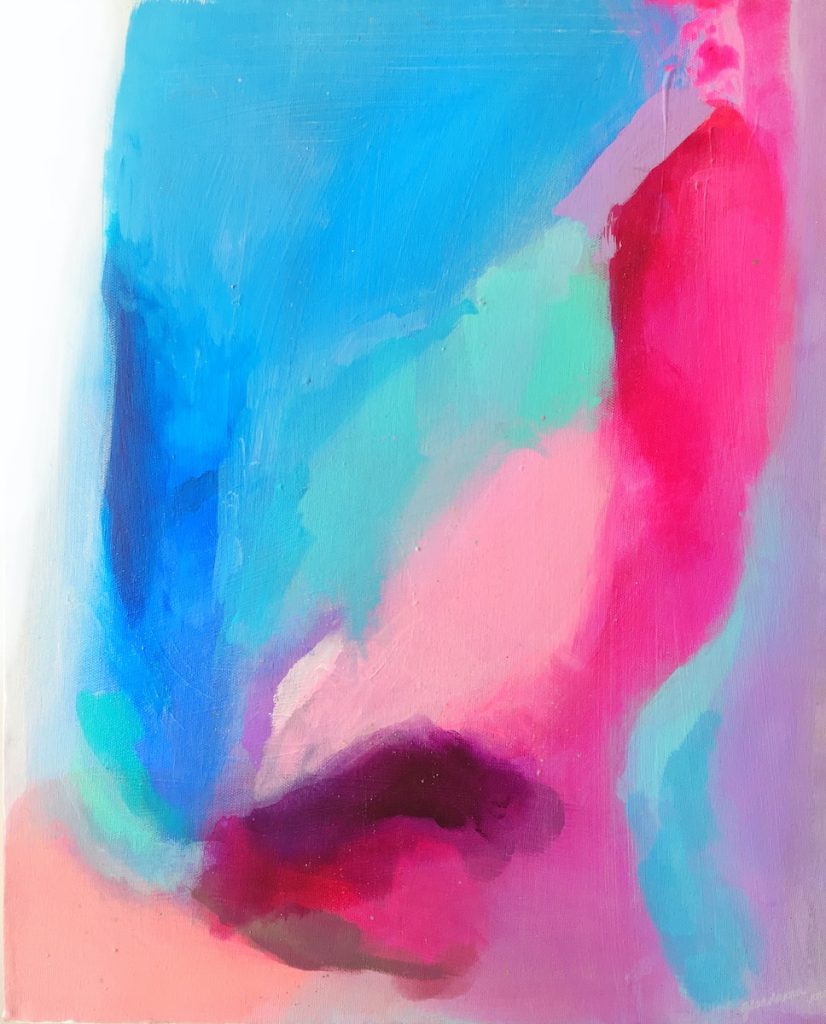
Fantasy World with Color Temperature
An illustrator creating a fantasy landscape might use color temperature to set the mood. A scene set in a mystical forest bathed in warm, golden light feels enchanting and full of wonder. In contrast, a forest shrouded in cool, blue moonlight takes on an ethereal and mysterious quality.
The Artistic Alchemy: Putting It All Together
The beauty of advanced shadowing and lighting in digital art is that there are no strict rules. Artists are like modern-day alchemists, experimenting and blending techniques to create their unique visual language. Here are a few tips to keep in mind:
Study Real-Life Lighting
Spend time observing how light behaves in the real world. Pay attention to the interplay of light and shadows in different environments and under various conditions. It’s a masterclass in itself.
Experiment with Software and Tools
Digital art software offers a range of tools and settings to manipulate light and shadow. Experiment with different brushes, blending modes, and layer effects to find what works best for your style.

Learn from Masters
Study the works of accomplished digital artists. Analyze how they use advanced shadowing and lighting techniques to achieve their signature looks. Remember, imitation is the sincerest form of flattery.
Practice, Practice, Practice
As with any art form, practice is key. Don’t be afraid to make mistakes and learn from them. Over time, you’ll develop your style and a keen sense of how to use light and shadow effectively.
In the world of digital art, the possibilities are as limitless as your imagination. Advanced shadowing and lighting are the secret ingredients that can transport your audience to fantastical realms, evoke deep emotions, and tell compelling stories.
So, dear readers, the next time you gaze upon a digital artwork that seems to leap off the screen, take a moment to appreciate the artful interplay of light and shadows. It’s a testament to the ingenuity and skill of the artists who bring these virtual worlds to life.
As we wrap up our journey through the fascinating world of advanced shadowing and lighting in digital art, I hope you’ve gained a deeper appreciation for the magic that unfolds on the canvas of your screen. Keep exploring, experimenting, and creating, for the world of digital art is yours to illuminate.
Until next time, remember to spend your time and resources ethically and support the artists who bring joy and inspiration to your life. Art and ethics go hand in hand, after all.



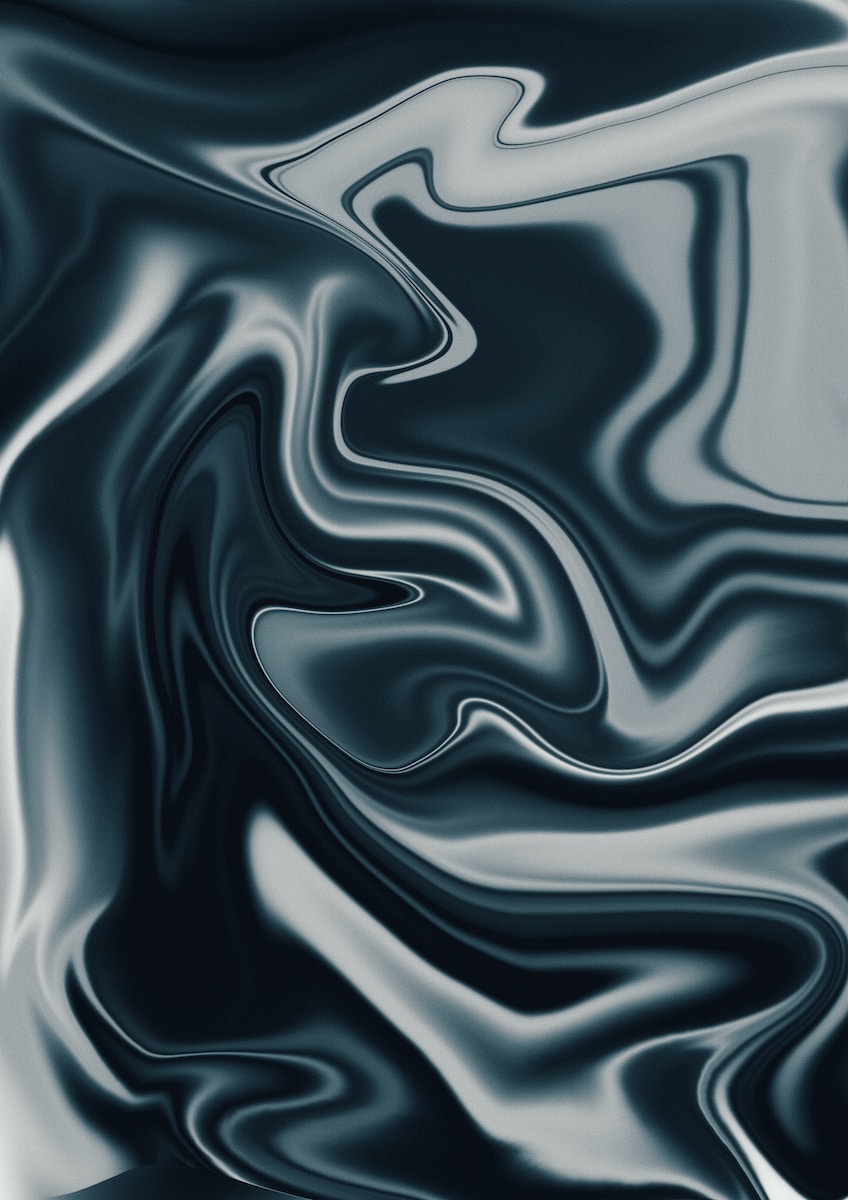
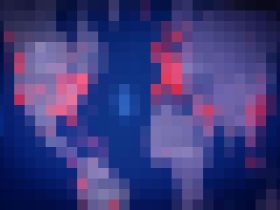










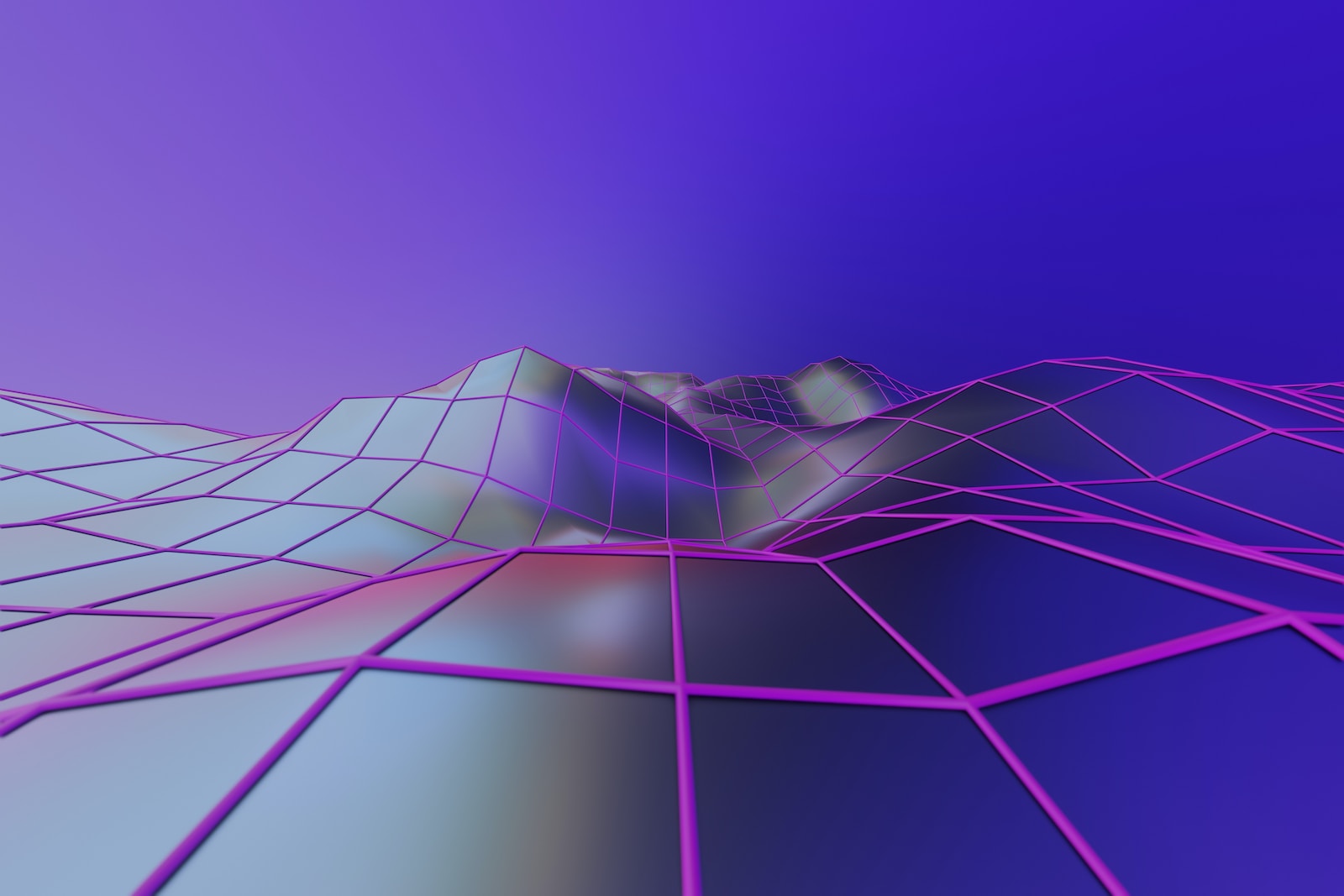
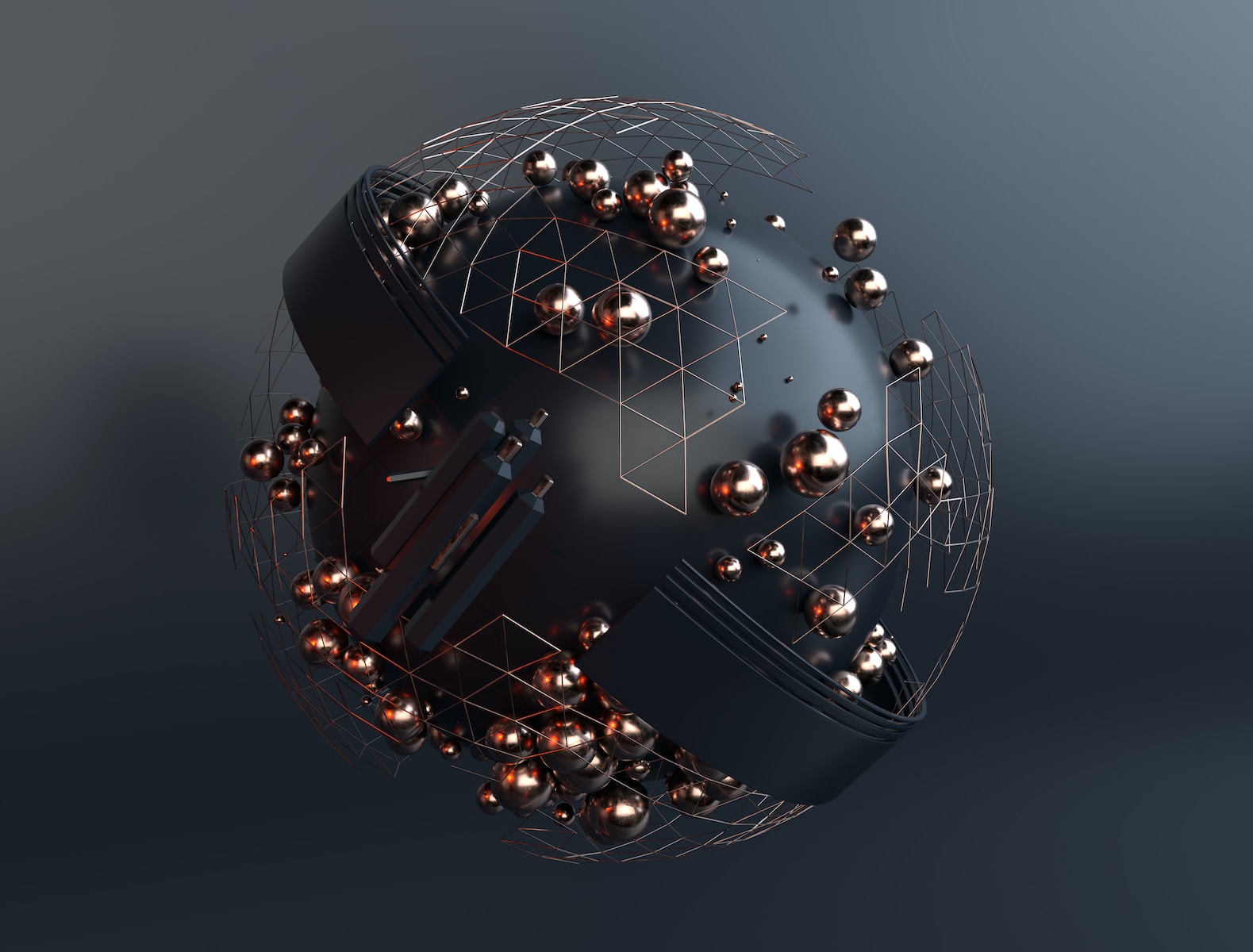
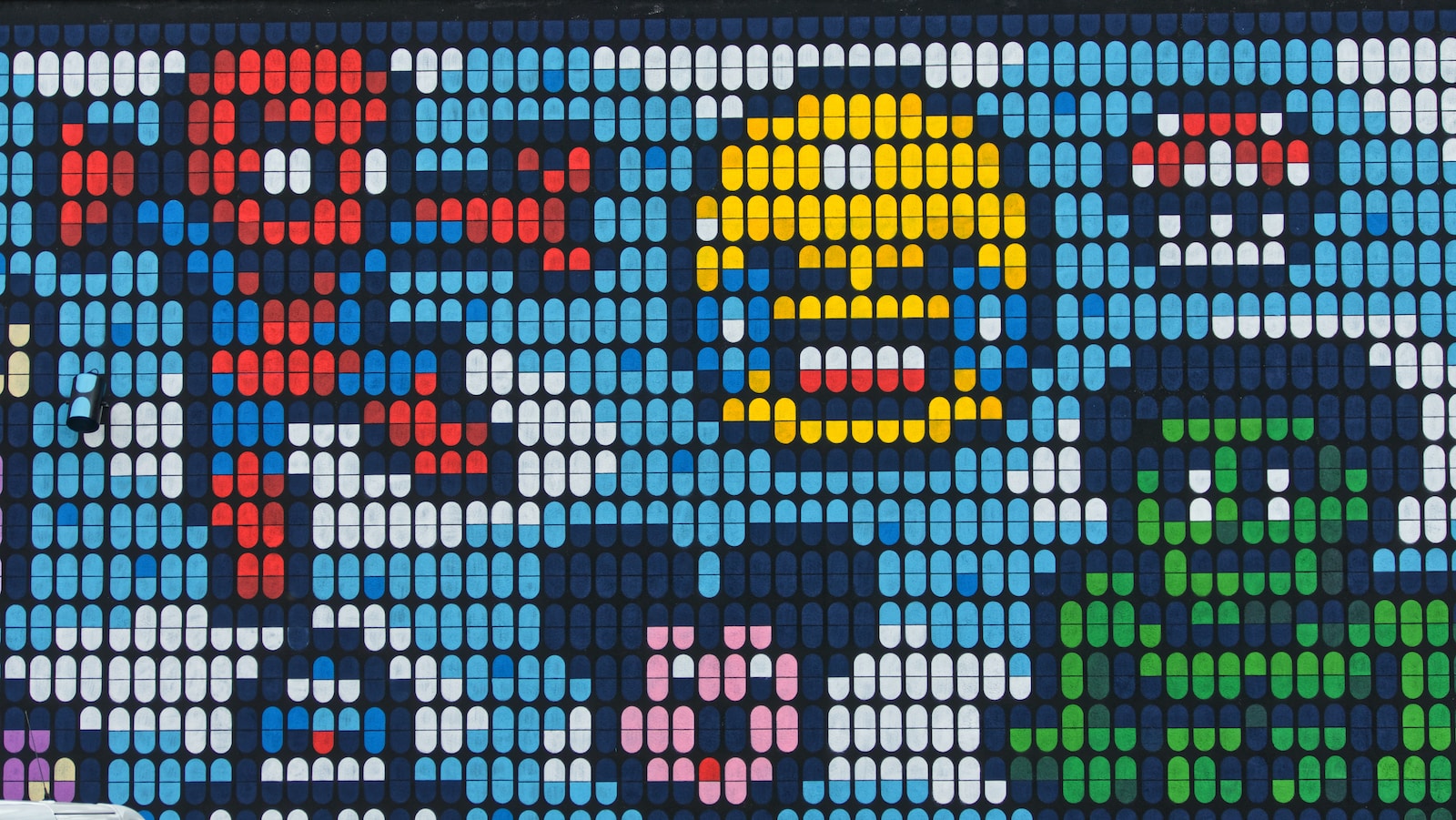

Got a Questions?
Find us on Socials or Contact us and we’ll get back to you as soon as possible.